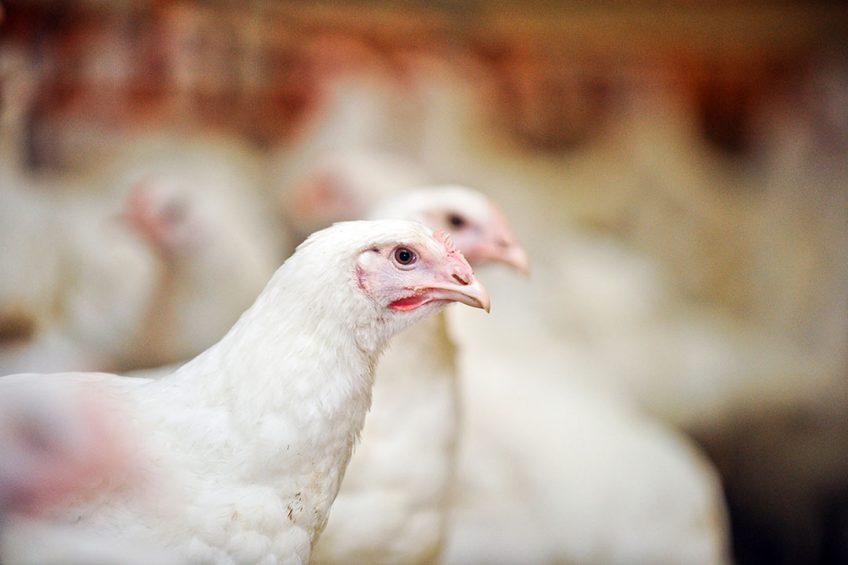Importance of flock uniformity

Flock uniformity is becoming an increasingly important driver for farmers and processors alike. However, until now there has been no definitive way of measuring or benchmarking this.
With consumer demands increasing and supply chain pressures rising to provide a consistent end product, it’s important as an industry we stay one step ahead by establishing methods to measure it.
This key focus for processors and retailers means a change in goalposts for producers and how they think about business performance.
Advancements in technology
With advancements in technology such as the Internet of Things (IoT), it’s never been easier to collate real-time data, to benchmark flock performance and uniformity within cycles and with other producers. This can be done securely via affordable, wireless hardware. It allows for supply chain visibility helping ensure we’re working together as an industry.
Technology and data will allow producers to have greater control over each individual aspect of bird performance, as a small change in any environmental factor such as feed quality or temperature can have a significant impact on bird performance and uniformity. Wireless technology within zonal areas can provide a great opportunity to improve this.
Sensors
For example, trials have been undertaken using a complete set of wireless sensors to measure the effect of a 2° variation in temperature on bird performance. This has allowed evidence-based decisions to be made, as correlations between different environmental parameters such as temperature, feed intakes and weight gains can be analysed.
Real-time data
When available real-time data can offer a solution to the whole industry, greater insight and control over bird performance and flock uniformity is provided. It’s therefore vital that we have access to this type of data and are able to use it on-farm to its full potential.













